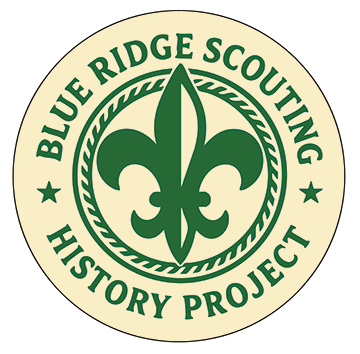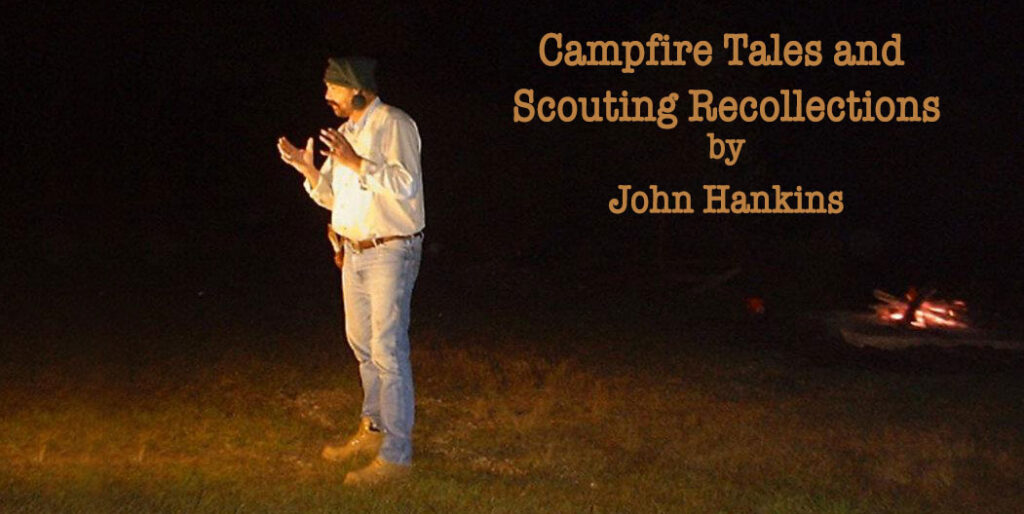(Originally posted to social media on April 5, 2021)
Back in the early 1970s, I was part of a very special group of staff members who reopened Camp Ottari for the first time in a long time. The camp had originally been a patrol cooking camp and it just never took off as expected. By the late 60s it was shut down.
On the other side of the mountains , Camp Powhatan was running at full speed and the decision was eventually made to reopen Ottari as a full-service summer camp facility. A lot of new structures and amenities were built. Campsites were established and Latrines were built. It already had a much larger lake than Powhatan and it was not beaten down by constant use.
400 pieces of T-111 siding were slapped onto a wooden frame and they called it the dining hall. There was a new Nature Lodge and at least one main shower house. Things would be added over the years including a Chapel and campfire ring and many new campsites. The new headquarters for High Knoll eventually came along. I personally was deeply gratified to see that happen.
Eventually, people began to look forward to a summer at Ottari. It had it’s own following and groups of loyal Scouters who loved the Camp. I was among those who loved the place and the people and the history. I still tell stories about Bill Baker and if you look carefully you can still find the plastic tips from his old White Owl Cigars.
Fast forward to 2020 and we are deep in a Pandemic that has seen the loss of more than 555,000 Americans. Every phase of life in America was changed and altered and for safety reasons, Camp Ottari did not open last year. Now we are seeing that the difficult decision is being made to remain closed again in 2021. Staff was on hand and ready to serve but the numbers just did not add up. Powhatan is set to reopen and the outlook is good.
Ottari needs a significant facelift and upgrades if it is going to survive. That old dining hall is almost 50 years old and it is a challenge to meet all of the new Health Department standards.
There are fixed day-to-day operating costs to run a full-service camp and if the revenue cannot match those costs then there are few options left. A lot of people are upset about this decision but it may have a silver lining. We are slowly but surely swimming our way out of and beyond this pandemic. Hopefully, by next year we will see some level of what we used to consider normal.
During this upcoming year, there is an opportunity to get in there and make critical changes in the facility itself. It may be as simple as a new coat of paint or a plumbing upgrade. I am sure there is an army of good volunteers who will help in that effort. By next year, those people that love the camp will still be there and they will be ready to hit the ground running. It is simply going to take time and understanding and looking at all of the complexities of this decision.
There will come a time in the not too distant future where the Little Laurel Valley will once again echo with the happy sounds of kids being kids and memories being made.
(Copyright by John Hankins; all rights reserved. Published here by permission of the author.)



Leave a Reply